When I’m shipping AI into production and feel that hint of doubt about what users, insiders, or attackers might coax out of it, I turn to AI Red Teaming. It lets me measure risk with hard data, fix what matters fast, and keep shipping. For B2B service leaders who want fewer surprises, cleaner audits, and a steady pipeline without babysitting vendors, it works as a safety net that shortens feedback loops. Tight, measurable, and practical.
AI red teaming
I treat AI red teaming as a structured offensive test program for the AI stack. It probes models, prompts, guardrails, tools, and data paths with real attack tactics. It’s built for product owners, security teams, and engineering leaders who want proof that controls hold up under pressure. When the program runs well, I expect measurable risk reduction, shorter time to remediation, and faster release velocity with fewer late-stage blockers.
To keep scope clean and accountability visible, I use a high-level capability grid:
- Models: base, fine-tuned, and instruction-following LLMs
- Prompts: system prompts, template libraries, safe-prompt patterns
- Guardrails: filters, content policies, safety classifiers
- Tools: function calling, plugins, code execution, external APIs
- Data pipelines: RAG pipelines, vector stores, and indexing jobs
- Integrations: CI pipelines, incident tooling, ticketing, model registries
Attack coverage should map to concrete risks. An effective AI red teaming program exercises:
- Prompt injection and jailbreaks
- Tool abuse and function misuse
- Data exfiltration and PII leakage
- Retrieval poisoning and context tampering
- Model supply chain issues across weights, datasets, and packages
Most programs run in phases, and I end each phase with an artifact I can share with stakeholders. A simple timeline that fits enterprise release cycles:
- Weeks 1 to 2: Align on use cases, abuse cases, and metrics. Connect logs. Define pass/fail thresholds per scenario.
- Weeks 3 to 5: Run AI red teaming test waves against models, prompts, and tools. Log each attempt, capture outputs, and tag violations.
- Weeks 6 to 7: Fix high-risk issues with owners, re-test top scenarios, and document residual risk with evidence.
- Ongoing: Add guardrails at runtime, add checks in CI, and schedule follow-up challenges before major releases.
On ROI, I track three signals and baseline them with my own incident and change data:
- Risk reduction: teams often see a 30 to 60 percent drop in high-severity AI incidents within two quarters, frequently from stopping prompt injection chains and tool abuse early. Treat these as directional ranges and validate against your own incident logs.
- Time to remediation: median fix time improves by 25 to 40 percent when evidence is crisp and routing is automated. Anchor this to MTTR trends from your ticketing data.
- Release velocity: approvals for AI features can move 10 to 20 percent faster when policy gates and tests run before change control. Compare against your historical change board throughput.
For clarity, I picture an architecture diagram of the AI stack with red team insertion points: hooks at input sanitization, system prompt build, tool selection, RAG retrieval, model output filters, and egress checks. AI red teaming pressure-tests each point and produces a pass/fail story I can track across sprints.
Red team every AI building block
I push on every layer that can fail in real life:
- LLMs: jailbreak attempts, safety policy bypass, model spec violations, and content filter dodging
- RAG: retrieval poisoning, data mix-up between tenants, and stale context leading to wrong calls
- Agents: function chaining quirks, tool-selection bias, and overbroad code execution requests
- Tools and plugins: abusive function calls, over-permissioned actions, and auth bypass scenarios
- Workflow orchestrators: race conditions, hidden state carry-over, and inconsistent guardrail application
- Vector stores: inverted permissions, embedding drift, and gaps in delete requests
- Data ingress and egress: sensitive data ingestion without classification, and outbound leakage through logs or webhooks
Tangible test types that drive action:
- Prompt injection variants that combine multi-turn social engineering with poisoned context files
- Retrieval poisoning using crafted documents that look safe yet invert business logic
- Function misuse by chaining low-risk calls into a high-impact outcome, such as mass export of records
- Auth bypass by abusing fallback flows or default agent roles
- PII leakage checks that stress both direct and indirect identifiers
- Model spec violations where outputs breach policy wording even if filters pass
A sample narrative I expect to see in a report:
- Scenario: “Agent approved file system scan after subtle prompt injection in a support chat.” Steps, logs, and exact prompts are attached. Impact labeled as High. Recommended fix lists a stricter tool-invocation policy, a pre-execution approval gate for file actions, and an updated safety classifier with confidence thresholds.
- Snapshot view: pass/fail by scenario, severity counts, MTTD and MTTR, and a heatmap by building block. This gives executives clarity and gives engineers concrete tickets.
Programs that fit real workflows win. I run AI red teaming from the CLI, via API, or inside CI; ship results to SIEM and ticketing; and support on-premises deployment for sensitive workloads. The business impact then ties cleanly to each building block: safer agent tool use, cleaner retrieval in RAG, fewer policy slips from models, and a pipeline that keeps moving.
AI runtime protection
Finding issues is one side of the coin. Stopping them in production is the other. In runtime, I inspect prompts and outputs in real time, detect jailbreaks or prompt injection attempts, and block data leakage before it leaves the house. Think guardrail enforcement, anomaly detection, traffic policy, and human-in-the-loop for risky actions that warrant a quick review. See AI Runtime Protection for a practical path to implement this.
I align this pillar with the OWASP Top 10 for LLM Applications. Controls should cover, at minimum:
- Prompt injection and output manipulation
- Sensitive data exposure and logging leaks
- Insecure tool invocation and sandbox escapes
- Excessive agency and over-permissioned actions
- Supply chain risks in model plugins or packages
A runtime dashboard helps keep risk visible. Useful views include blocked attempts over time, mean time to detect, incident breakdown by app and by risk type, and policy hit rates. Alert routing should plug into on-call workflows with integrations for PagerDuty, Opsgenie, or email. I set SLAs that define detection latency and blocking thresholds to avoid guesswork when a real incident starts.
AI red teaming and runtime protection reinforce each other. I validate guardrails by replaying known attack chains, measure how often filters catch them, and then tune. Coverage thresholds make this sane. For example:
- Target a 95 percent block rate for known jailbreak prompts with less than 1 percent false positives on allowed content.
- Keep detection latency under 500 milliseconds for high-risk patterns.
- Maintain a clear tuning playbook: when the block rate dips or false positives spike, adjust patterns, classifier thresholds, or approval steps. Every change is logged, tested, and versioned.
When AI red teaming evidence feeds these tuning cycles, drift drops and confidence rises. Release decisions stay crisp, and on-call does not burn out.
AI security posture management
If runtime protection is the seatbelt, posture management is the maintenance schedule. I keep a single view of models, datasets, prompts, tools, policies, and providers, with risk scores and policy-drift alerts. AI red teaming findings flow back in so governance stays aligned with real threats, not just checklists. Learn more in AI Security Posture Management.
Key parts of a strong posture program:
- Inventory: models and versions, prompts and templates, tool definitions, datasets and data lineage, plus hosting and providers
- Risk scoring: per asset and per app, tied to business criticality and exposure
- Policy drift detection: when a prompt template changes, a new model lands, or a tool gains a permission, leaders see it and approve it
- Model supply chain scanning: inspect weights, tokenizer files, datasets, container images, and dependency manifests for tampering or known risks
I visualize posture with a heatmap by business unit and app. Red highlights call out high-risk combinations like public-facing agents with new prompts and new tools. Yellow flags might show prompt churn without re-approval. Green stays green only if recent AI red teaming checks passed.
Supply chain scanning deserves special care. Traditional scanners that excel at container images can miss model-specific artifacts or lookalike packages in model hubs. Recent research has shown gaps in detecting hostile tokenizers and poisoned datasets at upload time, so next-gen scanning patterns include:
- Checksums and signatures for weights and large artifacts
- Tokenizer sanity checks and diffing across versions
- Dataset lineage fingerprinting and sampling for harmful content
- SBOM for models that lists weights, datasets, and code glue
- CI integrations that block risky upgrades until AI red teaming or safe staging tests pass
Tie this to vendor risk checks and third-party policy gates to build guardrails across the full lifecycle. The result is less guesswork and fewer late surprises for audit, legal, or security.
AI for end users
Employees use AI tools daily. Copilots, chatbots, notetakers, and IDE agents can speed work or leak data. I put controls in place that keep people safe without turning into red tape, and I define those controls with red teaming evidence before rolling them out.
Practical controls include:
- Pre-built policies for PII, secrets, and confidential client info
- Safe prompt templates that reduce risky phrasing and avoid hidden instructions
- Approval workflows for actions that touch code, funds, or customer data
- Tenant isolation and data retention settings, with logging that respects privacy
I picture a policy template library with block or allow rules, per group and per tool. Legal reviews the sensitive-data rules. Security tunes detection thresholds. Engineering owns tool scopes. The business impact is visible: fewer data exposure incidents, faster adoption of helpful AI apps, and a smoother path for training since rules are simple and enforced by the platform, not by hallway conversations.
AI red teaming fits here too. It pressure-tests end-user policies with simulated misuse and shows where a small change in prompt templates or tool permissions prevents a big headache. Leaders get oversight without micromanaging.
Latest from labs
Good security programs keep learning. Here are three recent research summaries from Aim Labs that shaped stronger controls and refined AI red teaming playbooks.
Model supply chain scanners miss tokenizer risks
Summary: Many pipelines scan container images and Python packages yet ignore tokenizer files bundled with model weights. Community research has shown how a hostile tokenizer can squeeze hidden instructions into ordinary text and trigger unsafe behavior at runtime. I’ve reproduced the issue across multiple stacks and hosting environments.
Key takeaways:
- Add tokenizer integrity checks and diffing to CI
- Generate a model SBOM that includes tokenizer hashes
- Run AI red teaming scenarios that use benign-looking inputs with hidden tokens
RCE in IDE agents through auto-start protocols
Summary: IDE plugins and AI coding agents sometimes auto-start helper processes with weak checks. I demonstrated a route to remote code execution by nudging an agent into spawning a local process that honored attacker-supplied flags. The fix involved stricter process allowlists, code signing, and a confirmation step for file system actions.
Key takeaways:
- Treat agent process spawns as privileged actions
- Add human-in-the-loop for risky file or shell operations
- Include this path in AI red teaming for developer tools
Acoustic and data leakage in AI meeting bots
Summary: Meeting bots can leak sensitive phrases into summaries and action items, even when transcripts look clean. Certain fillers, acronyms, and file names were enough to reconstruct client identities. Sanitization helped, yet runtime redaction and stricter entity detection reduced exposure the most.
Key takeaways:
- Expand entity detectors beyond names to include project codes and file paths
- Add runtime redaction with review for high-risk rooms
- Test leakage through AI red teaming with realistic meeting samples
These findings plug back into runtime rules, posture checks, and training content. The result is research that feeds action, not novelty.
Secure AI adoption journey
This is where it all comes together. I want safe adoption that does not slow the business. A clean journey has five phases, clear owners, and firm timelines.
- Assess: Inventory apps, models, data, tools, and providers. Map abuse cases to business impact. Define metrics that matter such as MTTD, MTTR, and pass rates. Typical duration: one to two weeks.
- Red team: Run focused AI red teaming waves on the most exposed apps first. Produce evidence, severity ratings, and fix tickets. Two to four weeks for the first pass.
- Harden: Apply fixes, update prompts, tighten tool scopes, and raise runtime thresholds. Re-test the same scenarios until pass rates meet policy. One to three weeks depending on depth.
- Monitor: Turn on runtime protection with clear alert routing and SLAs. Replay known attack chains on a schedule. Add weekly reports that track drift and guardrail hits. Continuous.
- Govern: Enforce posture checks in CI, run supply chain scans on model updates, and record approvals for prompts and tools. Share quarterly risk reviews with security, data, and legal. Continuous.
Accountability sits at the heart of this journey. Security owns policies and runtime thresholds. Engineering owns fixes and CI gates. Product owns use cases and guardrail tradeoffs. Reporting cadence stays predictable: weekly snapshots for engineering and product, monthly risk views for executives, and quarterly audits for governance partners. No mystery work and no guessing on impact.
Social proof matters, but substance matters more. I look for evidence from production: fewer incidents after launching runtime controls and measured drops in PII leakage after prompt template rollouts. AI red teaming supports that evidence with repeatable tests and clear pass/fail outcomes.
AI red teaming is not a one-off stunt. I treat it as a steady part of the AI lifecycle that finds issues before customers do, strengthens runtime posture, and keeps governance honest. The result is simple: safer AI, cleaner operations, and a calmer on-call rotation. I ship with confidence and keep moving.

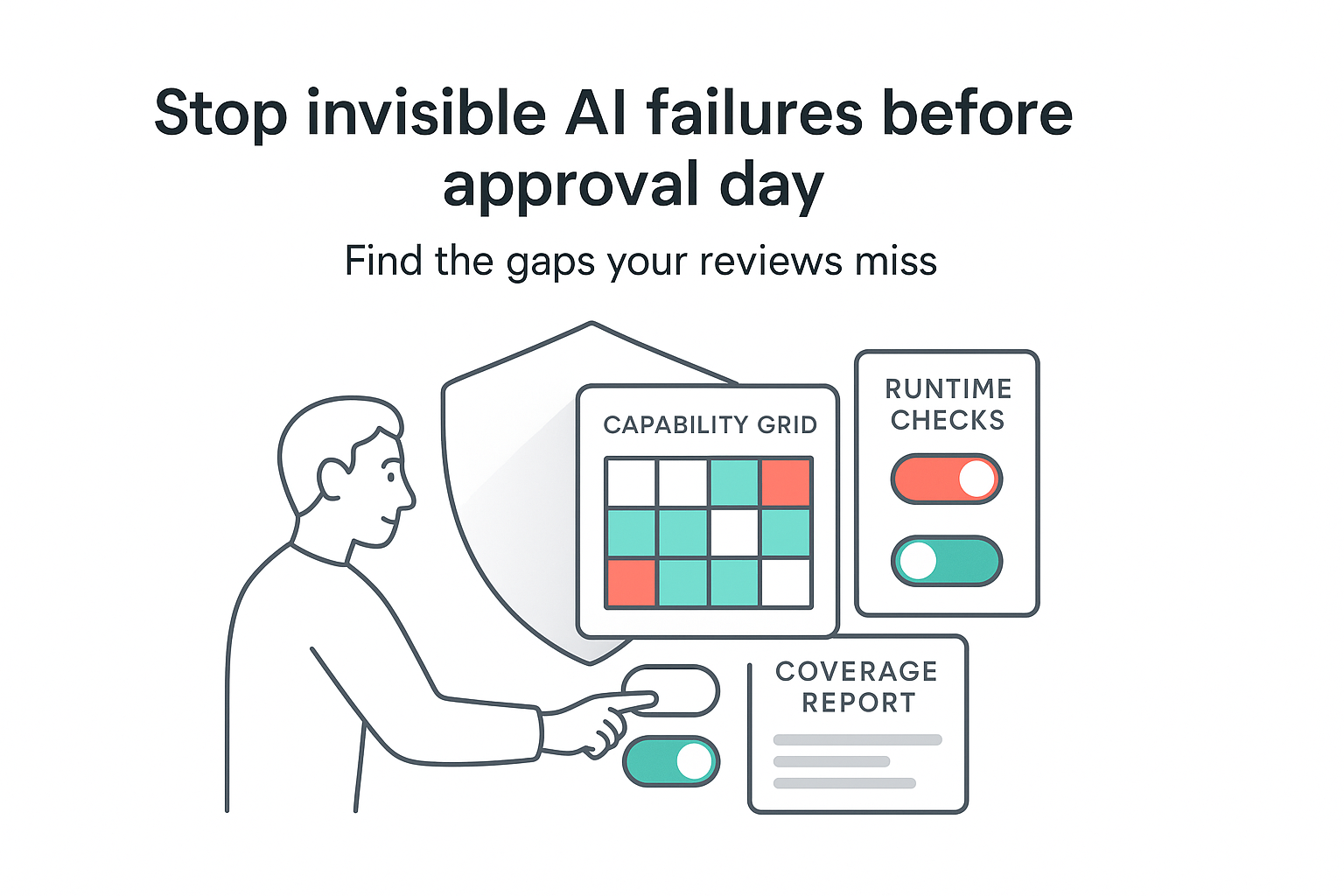

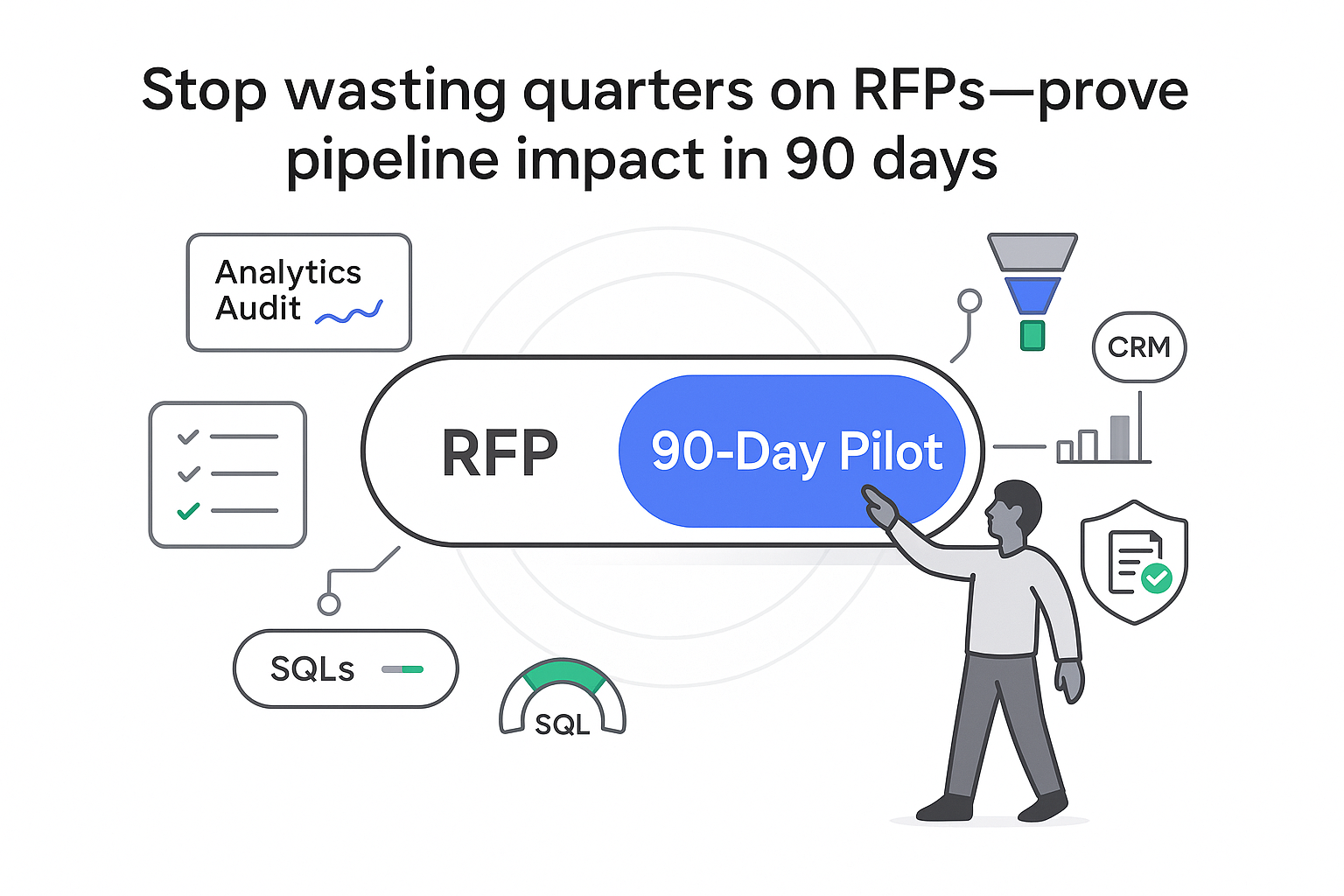
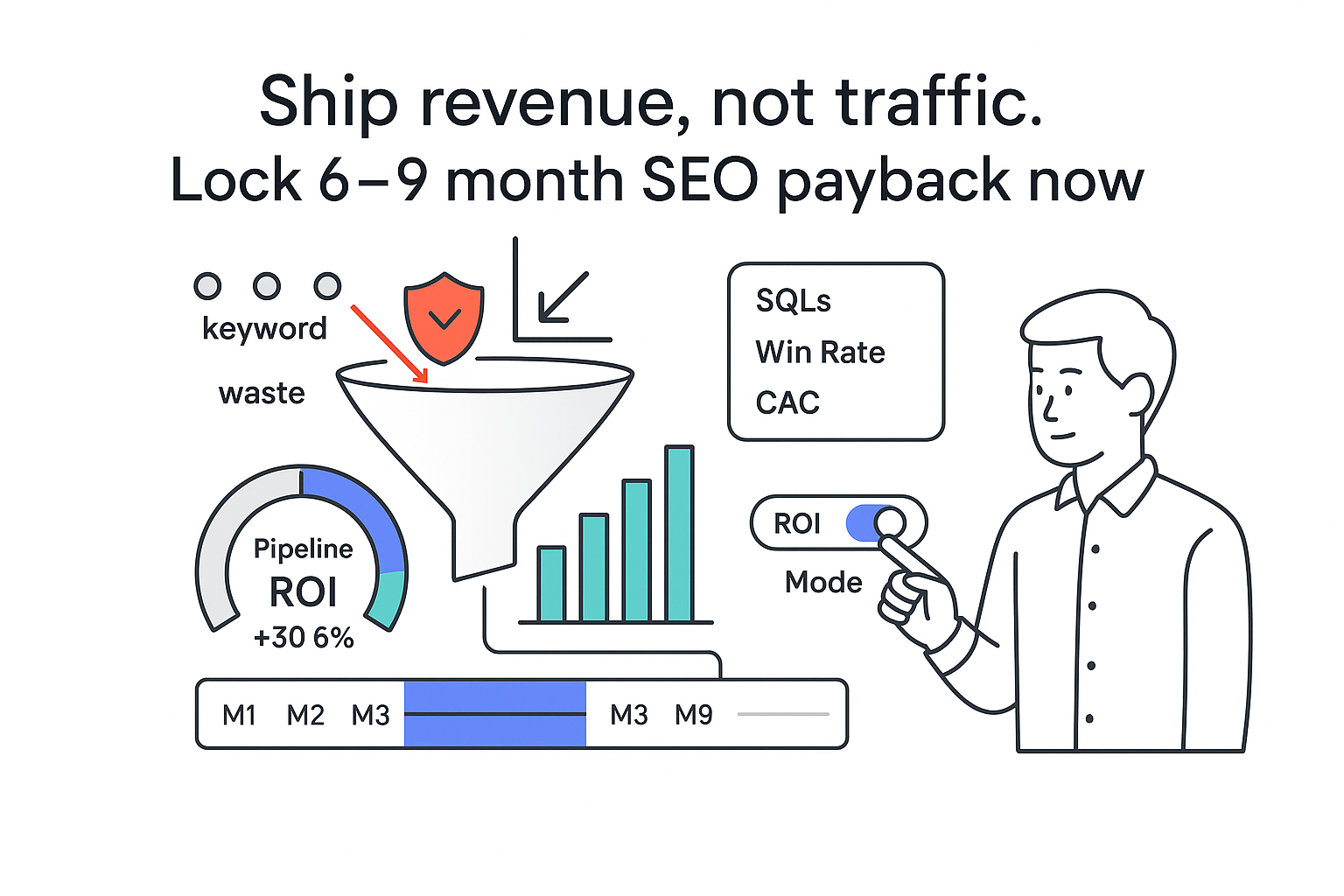
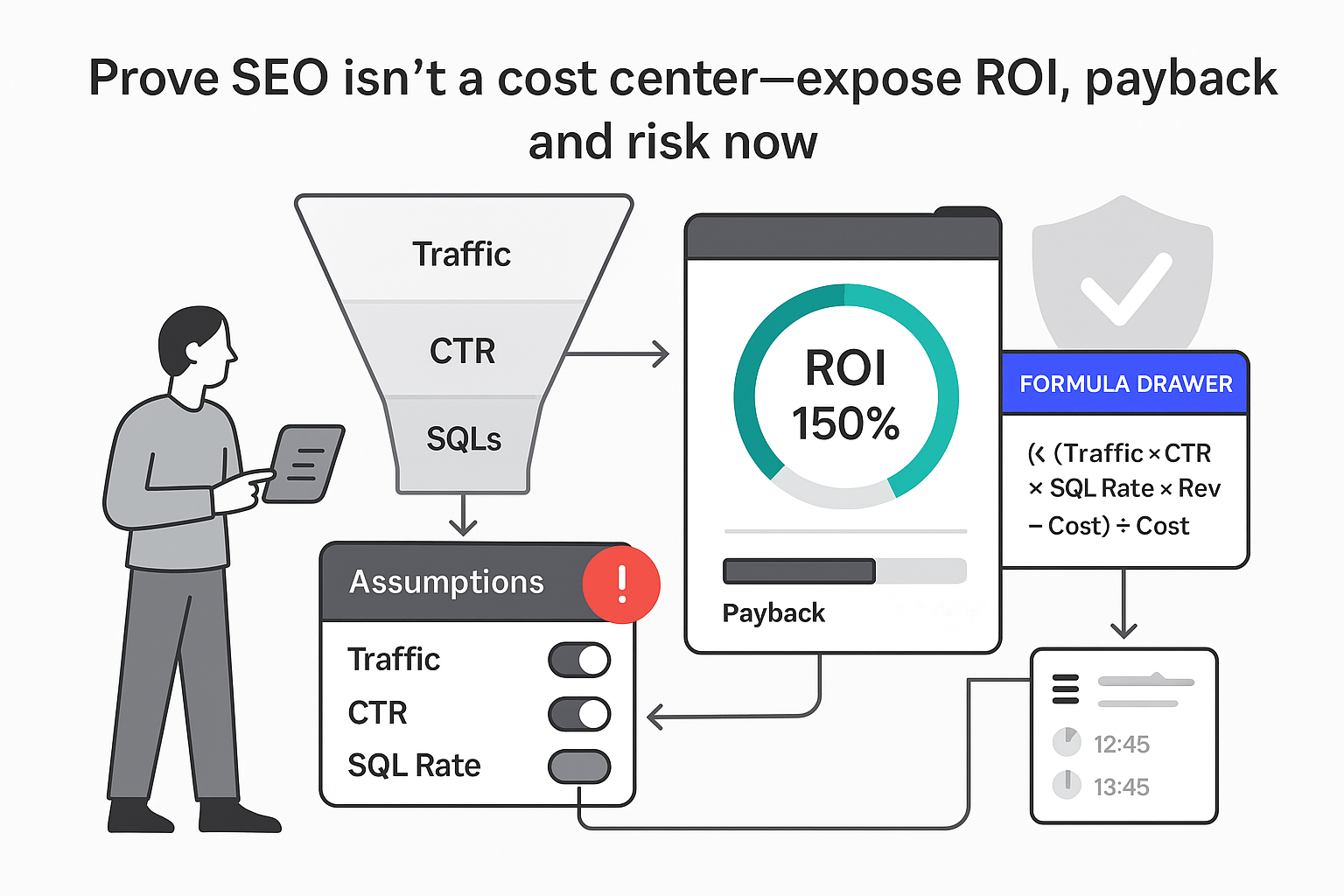
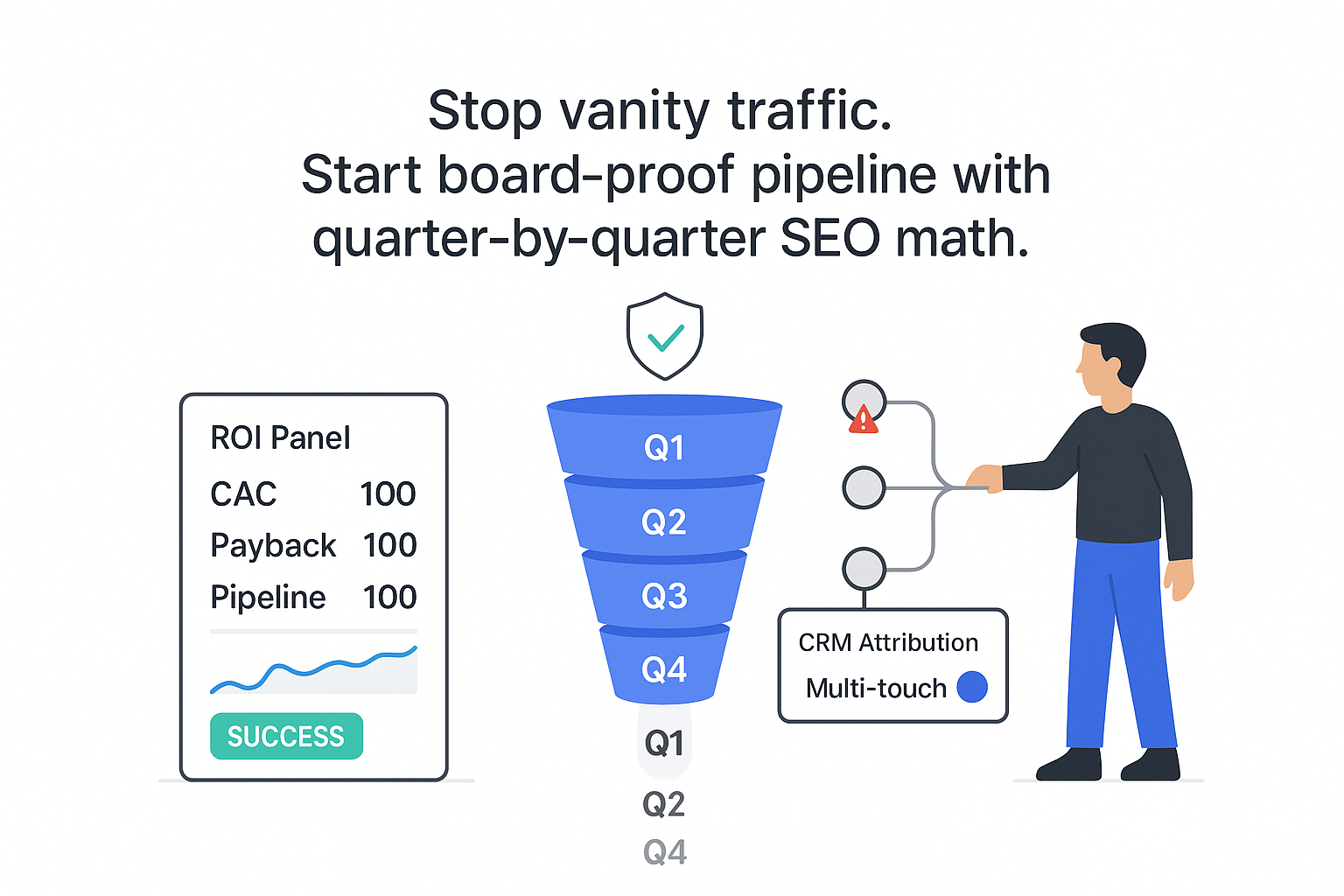
.svg)